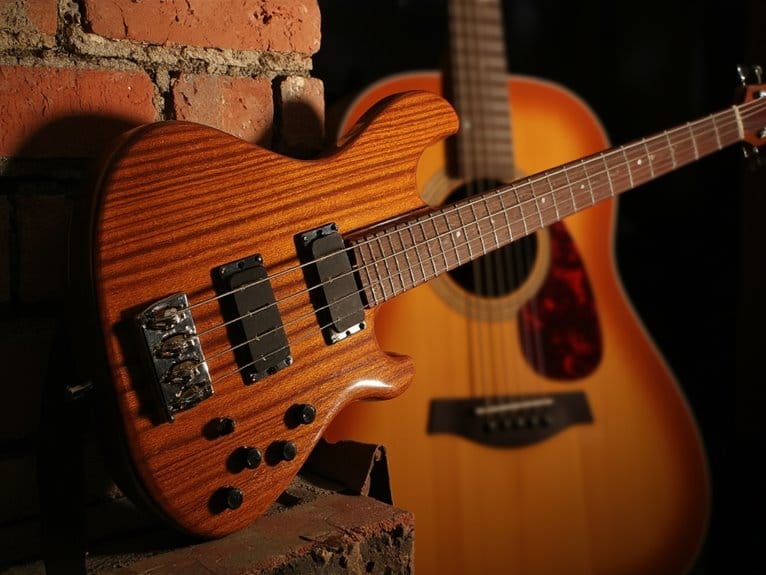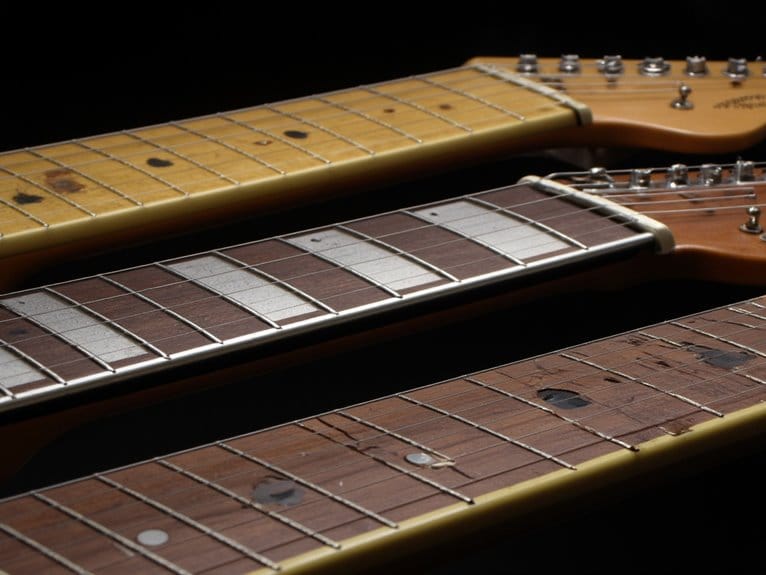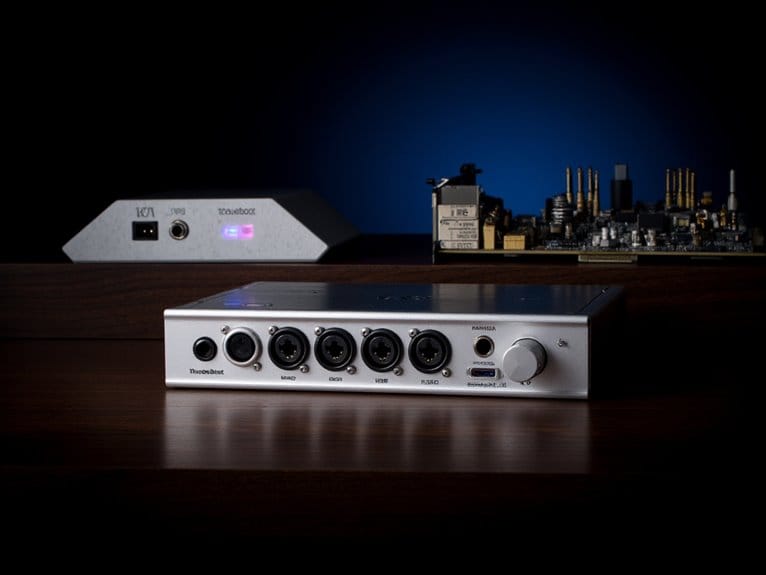What Is the Best Year for the Stratocaster?
The quest for the perfect Stratocaster is often a debate centered around its evolution, with each era boasting its unique tone, aesthetic, and playability. The Golden Age of Tone (1958-1964) is often considered the holy grail, with refinements to electronics and hardware yielding a rich, versatile sound. However, the Early Years Innovation (1954-1957) laid the foundation, and the Rebirth of a Legend (1981-1990) brought back the magic. The best year for the Stratocaster? That's a matter of personal tone and style. But, there's a story behind each era, and discovering the nuances of each might just uncover the perfect Strat for you.
We are supported by our audience. When you purchase through links on our site, we may earn an affiliate commission, at no extra cost for you. Learn more.
Early Years Innovation (1954-1957)
During its inaugural years, the Stratocaster underwent a series of innovative transformations that would ultimately cement its status as a legendary instrument, with Fender's relentless pursuit of perfection yielding a slew of groundbreaking design tweaks between 1954 and 1957. One notable modification was the introduction of the comfort-contoured body, which replaced the initial slab-like design, making the Strat more playable and ergonomic. Another significant update was the addition of the three-tone sunburst finish, which added a touch of elegance to the instrument's aesthetic. These early innovations not only improved the Strat's functionality but also laid the foundation for its iconic status in the music world.
Golden Age of Tone (1958-1964)
As the Stratocaster entered the late 1950s, a perfect storm of innovation and experimentation catapulted it into what many consider its 'Golden Age of Tone,' with Fender's continued refinements to the instrument's electronics and hardware yielding a rich, versatile sound that would soon become the hallmark of rock 'n' roll. It was during this period that the Stratocaster's iconic tone was truly defined, with the introduction of the rosewood fretboard, a three-way pickup switch, and a more contoured body shape. These subtle yet significant tweaks resulted in an instrument that was both elegant and brutal, capable of producing everything from sweet, jazzy tones to screaming, psychedelic solos. It's little wonder that legends like Hendrix, Clapton, and Page would soon make the Stratocaster their guitar of choice.
CBS Era Evolution (1965-1980)
The Stratocaster's Golden Age of Tone had barely faded into the rearview mirror when Fender's sale to CBS in 1965 marked a new era of evolution for the iconic instrument, one that would see significant changes to its design, production, and, ultimately, its tone. This period was marked by a shift towards mass production, resulting in a more affordable Strat for the masses. However, this increased accessibility came at the cost of some tonal nuances, with many players lamenting the loss of the instrument's original mojo. Despite this, the CBS era saw the introduction of new features, such as the larger headstock and three-bolt neck plate, which have since become iconic design elements. Love it or hate it, the CBS era was a pivotal time in Stratocaster history.
Rebirth of a Legend (1981-1990)
In a bold bid to reclaim its reputation as a tone titan, Fender revamped its Stratocaster production line in the early 1980s, effectively ending the CBS era's mass-produced mediocrity and ushering in a new era of quality and craftsmanship. This rebirth was marked by the introduction of the American Standard Stratocaster, boasting upgraded electronics, improved necks, and a return to traditional craftsmanship. The result was a guitar that sounded and played like a dream, winning back the hearts of tone purists and inspiring a new generation of players. With its resurgence, the Stratocaster once again became the go-to axe for iconic acts like Eric Clapton, Jeff Beck, and Stevie Ray Vaughan.
Modern Era Experimentation (1991-2000)
Fender's renewed commitment to quality and craftsmanship sparked a creative explosion, as the Stratocaster entered an era of modern experimentation, where innovative designs, bold finishes, and cutting-edge electronics redefined the iconic guitar's sonic possibilities. This decade saw the introduction of unique models, such as the Stratocaster Ultra and the Stratocaster Plus, boasting advanced features like locking tremolos and humbucking pickups. The '90s also witnessed a resurgence of vintage-inspired models, paying homage to the Strat's rich heritage. With its bold new looks and tones, the Stratocaster solidified its status as a versatile instrument, appealing to a wide range of players and musical styles. This era of experimentation cemented the Strat's place as a timeless classic, forever pushing the boundaries of music-making.
Contemporary Classics (2001-Present)
Since the dawn of the 21st century, the Stratocaster has continued to evolve, with a new wave of Contemporary Classics that blend vintage charm with modern appointments, further solidifying its reputation as the ultimate Swiss Army knife of electric guitars. These guitars have managed to strike a perfect balance between nostalgic appeal and cutting-edge innovation, making them a favorite among players of all styles. With updated electronics, sleeker designs, and a dizzying array of finish options, the Contemporary Classics have reinvigorated the Stratocaster's status as a tone machine for the ages. Whether you're a vintage purist or a modern pioneer, there's a Contemporary Classic Strat out there waiting to become your new best friend.






